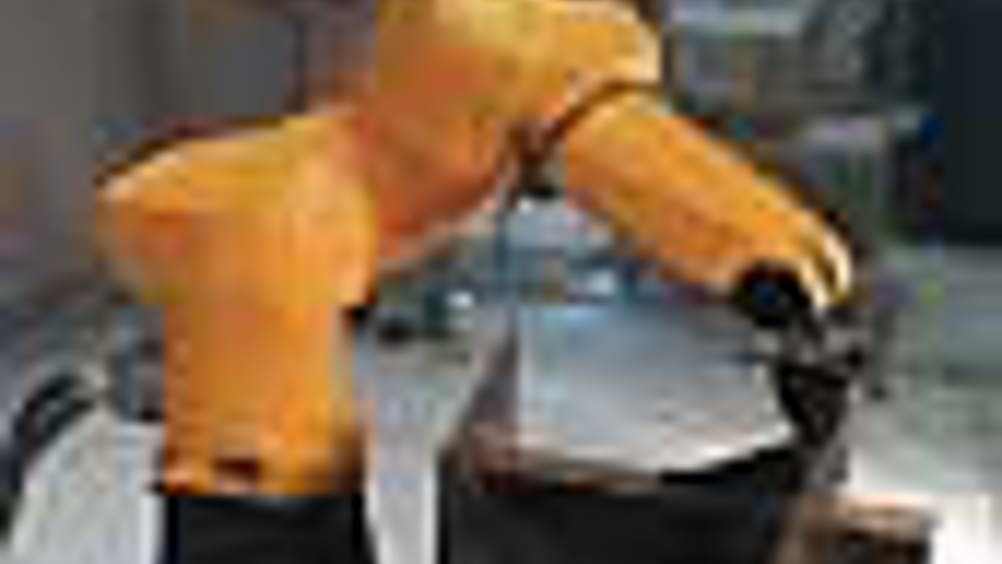Armed forces
In both the US and Europe, robotics is becoming an increasingly popular choice for companies seeking to reduce operating costs and improve quality. Mark Venables explains.

Following a lull three or four years ago, sales of robots and robotic systems are again on the rise on both sides of the
The
North American manufacturing companies ordered 5,316 robots worth over $300m (£168m) in the January–March period. An additional 272 robots worth $18m were exported to manufacturing companies outside
‘The strong first quarter results, continuing the double-figure gains of the past two years, show that north American firms increasingly recognise the benefits robots provide in terms of quality improvement, productivity, and cost savings. If economic conditions remain healthy, we expect 2005 to be a very good year.’
Register now to continue reading
Thanks for visiting The Engineer. You’ve now reached your monthly limit of news stories. Register for free to unlock unlimited access to all of our news coverage, as well as premium content including opinion, in-depth features and special reports.
Benefits of registering
-
In-depth insights and coverage of key emerging trends
-
Unrestricted access to special reports throughout the year
-
Daily technology news delivered straight to your inbox










CCC Report Finds UK Climate Targets Still Within Reach
In 1990 67% of the UK´s electricity came from coal-fired power stations and even without renewables the transition to gas was a major contributor to...